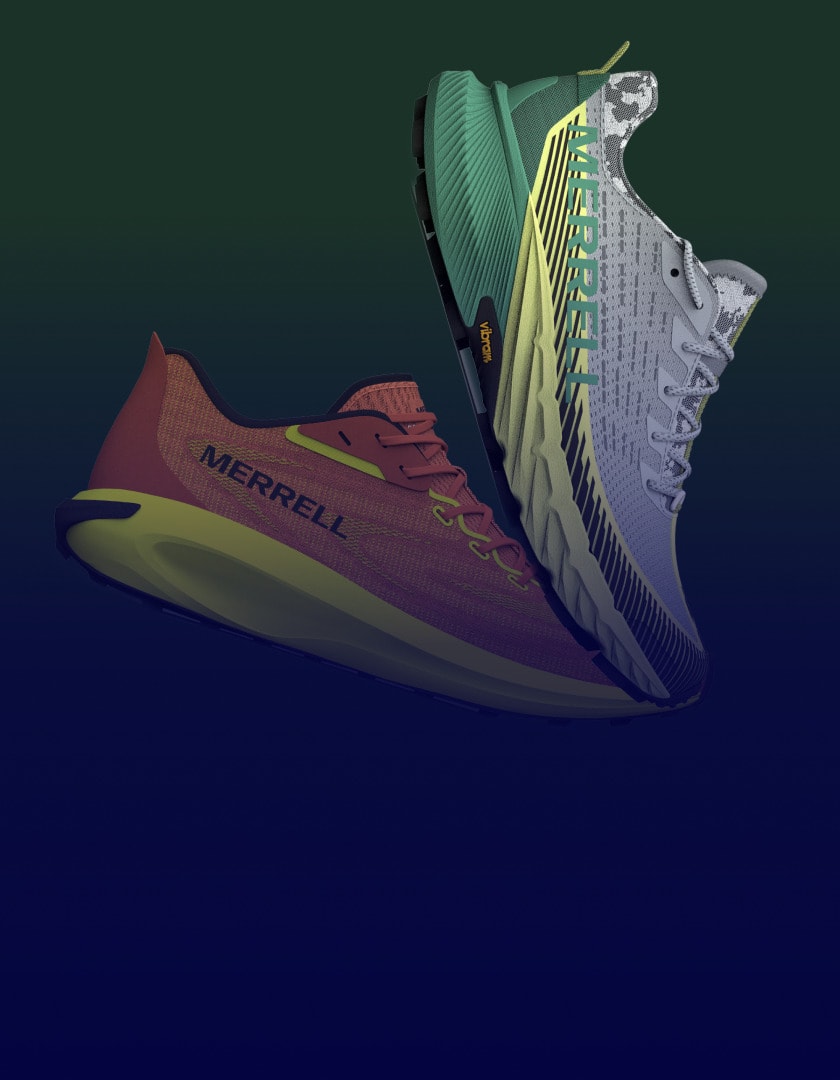“Everything we were doing was mostly done in very, very large Excel sheets. Tech packs and such were manually created in Adobe Illustrator and the like. It was just taking up so much time and was very inefficient.”
Tony Schmitt, Information Technology Director at Eberjey, remarks on how things were prior to PLM. “The big challenge at the time was that we had no PLM software. We didn’t have a central repository for everything.” Today, all product data is stored in one place and can be accessed in a few clicks.
Embracing Comfort and Style
Situated in Miami, Florida, Eberjey was established in 1996 by Ali Mejia and Mariela Rovito. They aimed to offer an alternative to the lingerie options at the time, which were more focused on appearance than practicality. The pair introduced soft, aesthetically pleasing and comfortable styles for women. This included their signature PJs that propelled the brand’s success. Eberjey’s product line, encompassing loungewear, pajamas, lingerie and swimwear, is now available online and in five retail stores—including a Hamptons pop-up—and 1,200 specialty and department stores such as Bloomingdales, Nordstrom, Anthropology and various boutiques.
The Search for a More Efficient Solution
Utilizing spreadsheets, email and disconnected programs for product development, the company recognized that they needed to optimize their workflows. Schmitt explains, “A lot of the files were spread around the network. We really needed a way to organize data and get it all in one spot.” They decided the answer was a Product Lifecycle Management (PLM) solution.
Choosing Centric — a Perfect Fit
Eberjey evaluated several PLM providers. The functionality and familiar spreadsheet-like feel of Centric’s interface won the selection team over from the start. Schmitt enthuses, “It really seemed the easiest to use. Centric PLM™ made entering, editing and maintaining data so much simpler. It just felt like a great fit from the very beginning and the team pretty much unanimously felt that Centric was the answer.”
The implementation went smoothly, “The Centric team was patient, understanding and willing to jump right in regarding any questions that we had, any system issues that came up, to make [Centric PLM] fit our business needs,” says Schmitt. “Overall, this was one of the better implementations that I’ve gone through, personally.”
Schmitt also praised the training, stating, “The trainers did a good job and they definitely handheld us for a little while. But I rarely ever get any questions anymore. So all the benefits that we had been looking for with regards to Centric PLM being super intuitive and easy to work with—mission accomplished!”
Connecting the Dots
Bailey Hagen, Product Development and Sustainability Manager, discusses onboarding new users. “I do the initial onboarding and then the teams take the specific roles of how to actually navigate PLM. People come in from having built their tech packs and processes in Excel. And then when they see how everything connects in PLM, it is really cool to watch them realize, ‘Oh, when I do this in materials, it affects what design is doing.’ It’s a great way to be able to learn how each of our jobs interacts with one another, how we’re all intertwined—that’s reflected in Centric PLM.” She also states that the company is less siloed than when they were Excel-based due to the connectivity in PLM.
Transformative Impact of Centric PLM
Hagen says, “Our process has changed so significantly since we integrated Centric PLM into our workflows. How we fundamentally work together, and even just the different skills each of the team is able to focus on; the process is totally different from where it was three years ago.”
- Collaboration Speeds up Timelines
Hagen gives an example of how things have improved after implementation. “The initial creation of a style is really the most collaborative period where the three product-based teams: product development, design and technical design are all working at the same time to build the great product that we make.” She describes the difference after PLM. “Before, the process was a little clunky; now we can all work simultaneously and collaborate. That shortens the lead time of how long it takes us to complete tasks, to make tech packs.” Tasks like pulling a report or a list of current projects are easier. Hagen says, “It’s simpler because it’s accessible in PLM instead of having to dig up an Excel or Adobe file.”Centric PLM has facilitated collaboration among the teams and crystallized delineation of roles. Hagen continues, “We are better able to focus on our individual roles because they are so clearly defined within Centric PLM—there are specific sections that each department is responsible for completing.” She reiterates the running sentiment, “We’re able to see how each of our tasks are linked to each other’s which is really helpful for collaboration.”
- Streamlining Work with a Single Source of Truth in PLM
Hagen emphasizes the efficiency of having a singular ‘source of truth,’ reducing inconsistencies between documents stored in various locations. “It’s just so much better that we’re able to update in one place and have that affect every other team’s work. This eliminates the need for duplicating work across numerous Excel sheets.” When speaking about vendors, Hagen observes the ease of exporting information in PLM. “Since we create our line sheets in PLM, we have the ability to filter by vendor and slice and dice the data, ensuring that we only send relevant information to each supplier.”
- Familiar Interface and Architecture
Hagen prefers Centric over other PLM programs that she has used in the past because it is ‘tab-based.’ “For people who haven’t used PLM before, when I explain that it’s very similar to having files in folders, that clicks for them and onboarding becomes easy. Everything makes sense within the tab. The organization is much easier to understand than other systems which are just there and don’t feel like anything that you’ve known before.”
- Remote Control
Another benefit that the company has found to be useful, given recent world events, is the facilitation of remote working. Hagen remarks, “Having Centric PLM definitely helps us to work remotely. Because of all the information that’s stored in PLM, we don’t have paper copies of files, but we always have the digital record-keeping within PLM.” Giving an example, Hagen says, “If I choose to work from home one day and someone asks me a question, I don’t have to go to the office and dig through some files. I have the answer stored within PLM.”
- Just a Few Clicks Away
When asked about her favorite feature, Hagen replies, “The connectivity. Once you know how to navigate and how everything links together, it’s very easy to get what you require. And no matter where I am in the system, everything is only about two or three clicks away, which is great.” She declares, “I’m an ‘anti-clicker’; It’s annoying when I have to click something 10 times to do a single task!”
All Board
Hagen lists the teams that use the tool on a daily basis. “Design, product development, our technical design team, all of our product-based teams. And then we export a lot of reports and files to other teams too.” Eberjey uses Centric PLM to create line sheets that are sent to merchandising, wholesale and production teams. She adds, “Also, we’ve just started to onboard some of our back-of-the-process teams, like our production team, which handles more PO placements, production timing and QC.”
Recording History
The company is continuing to add tasks into PLM. Hagen says that they are getting all the information about style development into the system; recording and housing information throughout the entire product lifecycle. She states, “That’s been exciting to watch. At first it was just the beginning portions but now it’s truly the full garment development cycle, from initial fabric to production.”
Protecting the Environment
Reports are easy to view in PLM. This supports the company’s sustainability efforts. The team can pull all the fabrics Eberjey has used for one season to create a chart with the percentages of each fiber. That chart can show what buckets the fabrics are hitting in terms of sustainability and whether they meet targets.
Along the same lines, the company is attentive to their development ratio. They want to monitor if they over develop or over sample, which creates waste. Hagen explains, “The product development team quantifies the statistics at the end of the season including the number of samples we’ve developed, what we proceeded with and the ratio of adoption versus drops.”
She spells it out with a hypothetical example that illustrates concrete results. “Let’s say we developed seven pant styles but only went forward with five—that knowledge helps our team be mindful and apply that learning when we go into the next season. We have been able to see the number of samples go down over the past few years, because we’re tracking everything within PLM.”
Looking Forward
Hagen notes that they’ve just mastered the basics of the tool and are starting to layer on, becoming more savvy in the system. Looking forward, Hagen is upbeat about the future with Centric PLM. She says, “We’re trying to figure out what those next steps are, getting different types of information in and then working through our processes, because we always like to try new things, learn from them, and then in hindsight, see where we can improve for next season. We’re constantly doing that with PLM and working toward using it to its full extent. That’s exciting to live through.”
New to Centric PLM? Learn more
What is Centric Pricing & Inventory? Learn more
What is Centric Market Intelligence? Learn more
Centric Visual Boards Learn more












